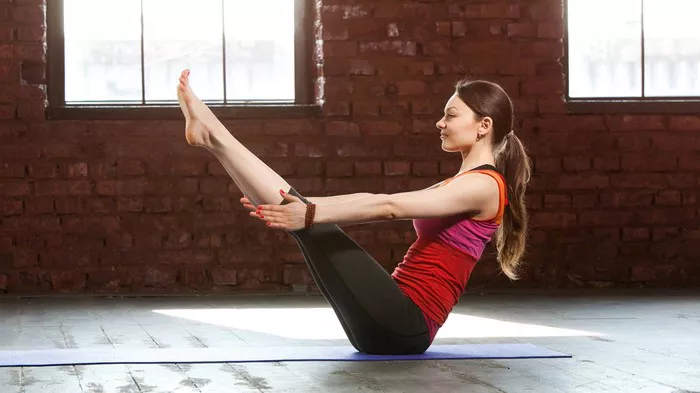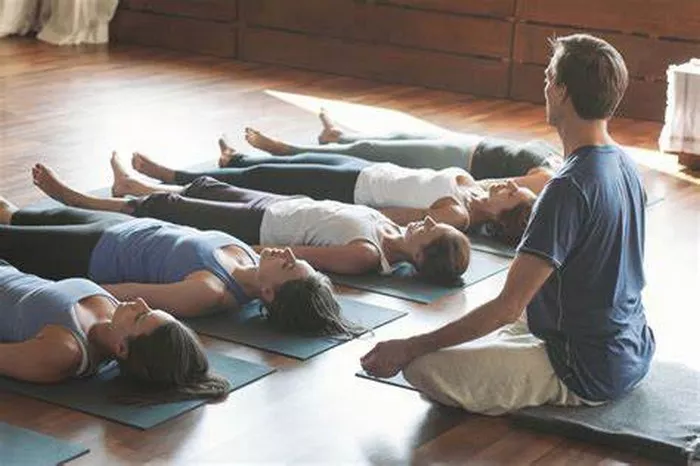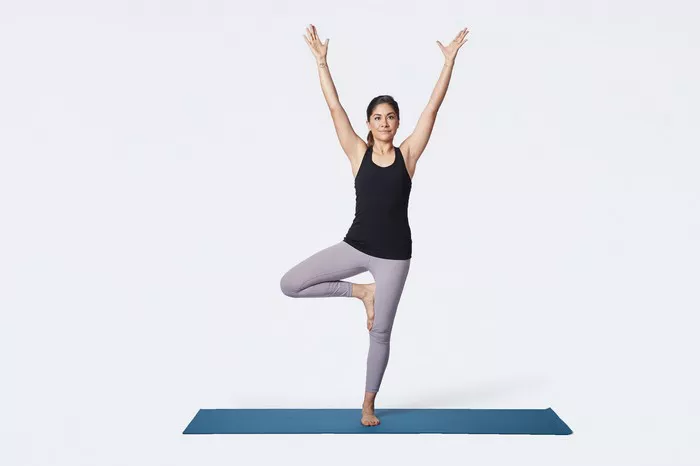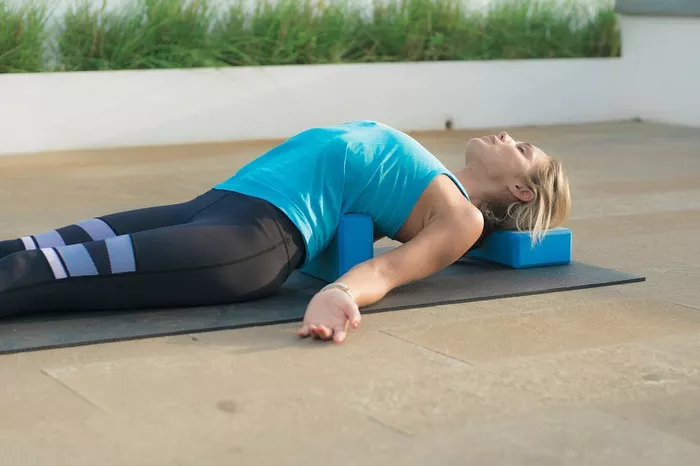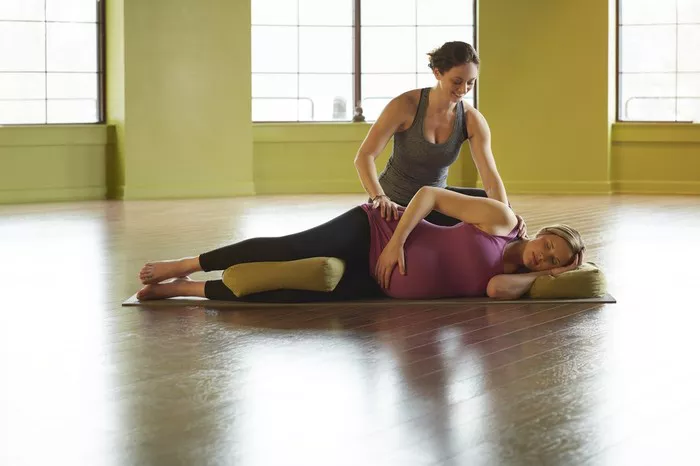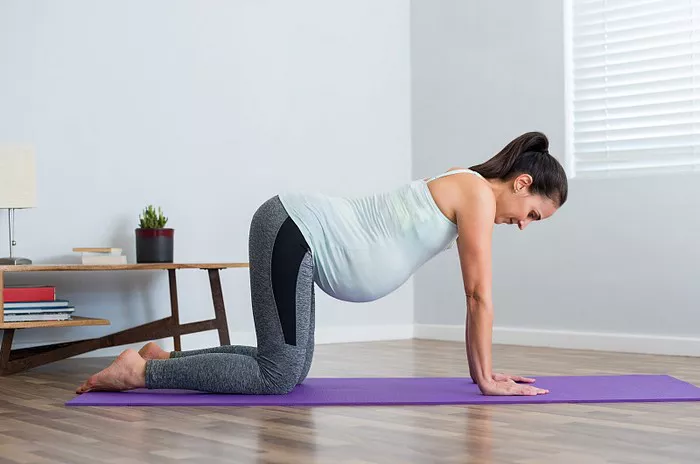Yoga, an ancient practice originating in India, encompasses a myriad of poses that offer physical, mental, and spiritual benefits. Among these, the Boat Pose, or Navasana in Sanskrit, stands as a prominent posture revered for its transformative potential. In this article, we delve deep into the origins and symbolism, physical and mental benefits, variations and modifications, step-by-step instructions, as well as precautions and contraindications associated with the Boat Pose.
Origins and Symbolism
The Boat Pose has its roots deeply embedded in the rich tapestry of yoga’s history. Historically, the practice of yoga dates back to ancient India, where it was developed as a means to attain spiritual enlightenment. Asanas, or yoga poses, were crafted not only to enhance physical flexibility and strength but also to facilitate a deeper connection between body, mind, and spirit.
Symbolically, the Boat Pose represents steadiness, balance, and the journey of navigating through the turbulent waters of life with grace and resilience. The body assumes a boat-like shape, with the spine representing the mast and the legs and torso forming the hull. Just as a boat floats effortlessly on water, this pose invites practitioners to cultivate a sense of buoyancy amidst life’s challenges.
Physical and Mental Benefits
The Boat Pose offers a plethora of physical and mental benefits that contribute to overall well-being. Physically, it strengthens the core muscles, including the abdominals, hip flexors, and lower back, promoting better posture and spinal alignment. Additionally, it engages the muscles of the legs and arms, improving overall muscular endurance and tone.
Mentally, the Boat Pose cultivates focus, concentration, and inner strength. As practitioners hold the pose, they are encouraged to breathe deeply and mindfully, fostering a sense of calm and tranquility amidst physical exertion. Over time, this practice enhances mental resilience and equanimity, empowering individuals to navigate life’s challenges with greater ease.
Variations and Modifications
Like many yoga poses, the Boat Pose offers a range of variations and modifications to accommodate practitioners of all levels and abilities. For beginners or individuals with limited core strength, a modified version can be practiced by bending the knees and keeping the feet grounded on the mat. As strength and flexibility increase, practitioners can gradually straighten the legs and lift the feet off the mat, transitioning into the full expression of the pose.
For those seeking to deepen their practice, variations such as Ardha Navasana (Half Boat Pose) and Paripurna Navasana (Full Boat Pose) provide additional challenges by requiring greater balance and stability. Props such as yoga blocks or straps can also be used to support proper alignment and facilitate a deeper stretch.
Step-by-Step Instructions
To practice the Boat Pose safely and effectively, follow these step-by-step instructions:
- Begin by sitting on the mat with your knees bent and feet flat on the floor, hip-width apart.
- Place your hands behind your thighs, just below the knees, and lean back slightly, engaging your core muscles.
- Lift your feet off the floor, bringing your shins parallel to the ground.
- Extend your arms forward, parallel to the ground, with palms facing each other.
- Keep your chest lifted and spine straight, avoiding rounding or collapsing in the upper back.
- Lengthen through the crown of your head and gaze towards your toes, maintaining a steady breath.
- Hold the pose for 5-10 breaths, gradually increasing the duration as you build strength and endurance.
- To release, gently lower your feet to the mat and return to a seated position.
Precautions and Contraindications
While the Boat Pose offers numerous benefits, it is important to practice with mindfulness and awareness to avoid injury. Individuals with the following conditions should approach this pose with caution or avoid it altogether:
1. Lower back or neck injuries: The Boat Pose places significant strain on the lower back and neck. If you have a history of lower back or neck injuries, consult with a healthcare professional before attempting this pose. Modify as needed to avoid exacerbating existing conditions.
2. Pregnancy: Pregnant individuals should avoid deep core engagement and lying on their backs for extended periods, especially during the second and third trimesters. Instead, consider practicing alternative poses that are safe and comfortable during pregnancy.
3. High blood pressure or heart conditions: The Boat Pose may increase blood pressure and heart rate. If you have hypertension or heart-related issues, practice with caution and avoid overexertion. Focus on maintaining steady breath and listen to your body’s signals.
4. Recent abdominal surgery: Individuals recovering from abdominal surgery should avoid intense core engagement and twisting movements. Modify the pose by keeping the feet grounded and focusing on gentle abdominal activation.
Conclusion
In conclusion, the Boat Pose serves as a potent tool for physical, mental, and spiritual transformation. By exploring its origins and symbolism, understanding its physical and mental benefits, exploring variations and modifications, following step-by-step instructions, and observing precautions and contraindications, practitioners can cultivate a deeper connection with themselves and the world around them through this empowering yoga posture. As with any yoga practice, approach with mindfulness, patience, and respect for your body’s limitations, and embrace the journey of self-discovery and growth that unfolds on and off the mat.

